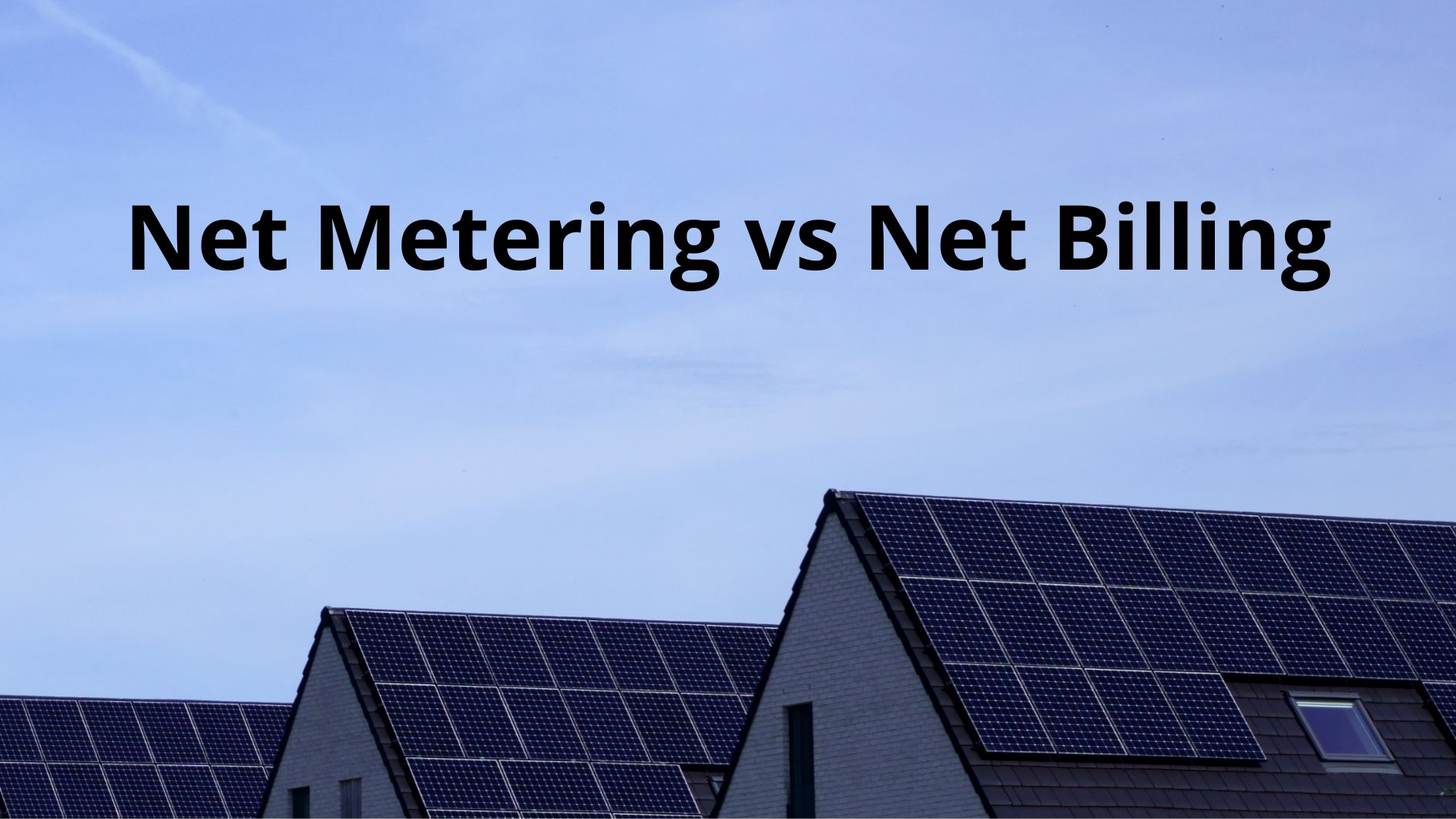Image source: Canva.com
As solar energy adoption continues to grow across the U.S., states are increasingly focusing on expanding access to solar for residents of multi-family buildings. Traditionally, net metering programs have been designed for single-family homes, but recent developments are aiming to ensure that renters and multi-tenant building occupants can also benefit from solar energy. These efforts are driven by equity considerations, solar access initiatives like Solar for All, and the overall goal of increasing participation in clean energy programs.
What is Net Metering?
Net metering allows solar energy users to send excess electricity generated by their solar panels back to the grid, receiving credits that lower their utility bills. Historically, these programs have largely been available to homeowners with individual solar systems. However, as the demand for solar access broadens, states are exploring ways to include multi-family buildings in net metering programs to ensure more equitable access to clean energy.

Understanding Net Metering and Net Billing
California’s Effort: 15-Minute Net Metering Intervals for Multi-Tenant Buildings

California, a leader in solar energy adoption, recently considered legislation to enhance net metering options for non-residential participants, including public schools and multi-family building owners. The bill proposed a shift to 15-minute intervals for net metering, allowing building owners to net their solar production and energy consumption more frequently. This system would have replaced the traditional “buy-all, sell-all” structure, in which excess energy is sold to the grid and then bought back when needed.
Despite its potential to improve solar energy access for multi-family buildings, the bill was vetoed by the governor. Nevertheless, the proposal reflects ongoing efforts in California to refine solar energy policies for broader inclusion, and future initiatives may continue to build on this concept.
Connecticut’s New Rules for Multi-Family Buildings
In Connecticut, regulators recently approved new rules to allow multi-family buildings to participate in the state’s residential net metering program. Previously, multi-family buildings were classified under non-residential programs, limiting their access to the same benefits single-family homeowners received through residential net metering. The change reflects the state’s commitment to equity and solar access, ensuring that residents of multi-family buildings can now benefit from the same cost-saving opportunities provided by solar energy.

This move aligns with broader state goals to expand clean energy access to all residents, particularly those in underserved communities or those who may not have the financial means to install individual solar systems.
Washington’s Multi-Family Solar Credit Proposal

In Washington, Puget Sound Energy (PSE) has introduced a new net metering proposal aimed at multi-family buildings. Under this plan, solar energy credits would be allocated to multiple occupants of a single building, distributing the benefits of solar generation across tenants rather than limiting them to building owners or single units. This innovative approach would allow more people to directly benefit from solar energy even if they don’t have individual solar installations on their specific units.
This type of net metering arrangement is particularly valuable for renters, who traditionally face barriers to accessing renewable energy solutions due to the structure of net metering programs and the challenges of installing solar on rented properties.
The Push for Equity and Solar Access
These recent developments highlight the increasing focus on equity in the solar energy sector. Programs like Solar for All are working to ensure that traditionally underserved communities, including those living in multi-family buildings, have access to the benefits of renewable energy. Integrating multi-family buildings into net metering programs is a key step toward making solar energy more accessible for everyone, not just homeowners.
By refining net metering rules and expanding participation, states are recognizing the importance of providing clean energy access to all residents. Whether through policy changes, new regulatory frameworks, or utility-driven initiatives, the goal is clear: to increase solar participation and ensure that the benefits of renewable energy are shared more widely across diverse communities.

As states continue to refine their net metering programs, multi-family buildings are becoming a significant focus for expanding solar energy access. With California, Connecticut, and Washington leading the way through legislative and regulatory efforts, more states are likely to follow suit, ensuring that renters and residents of multi-family units can participate in the transition to renewable energy. These changes not only promote environmental sustainability but also contribute to energy equity by making solar energy more accessible to all.





